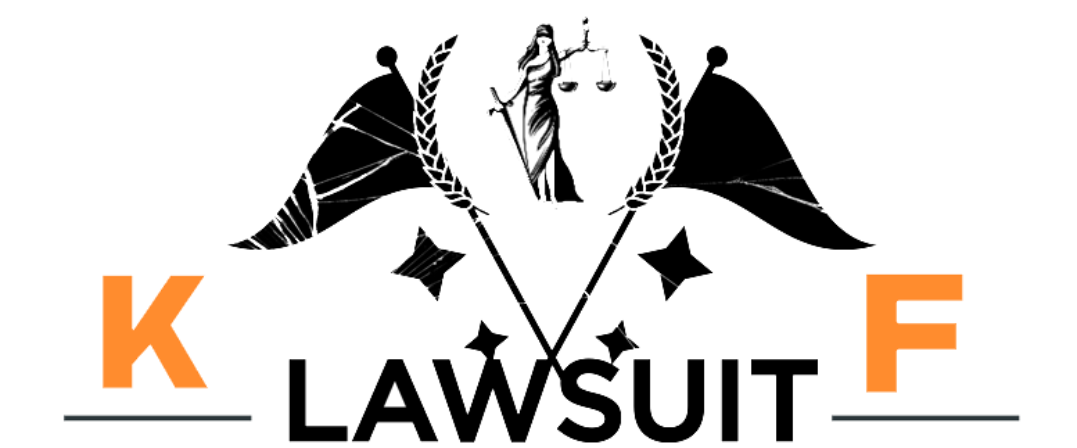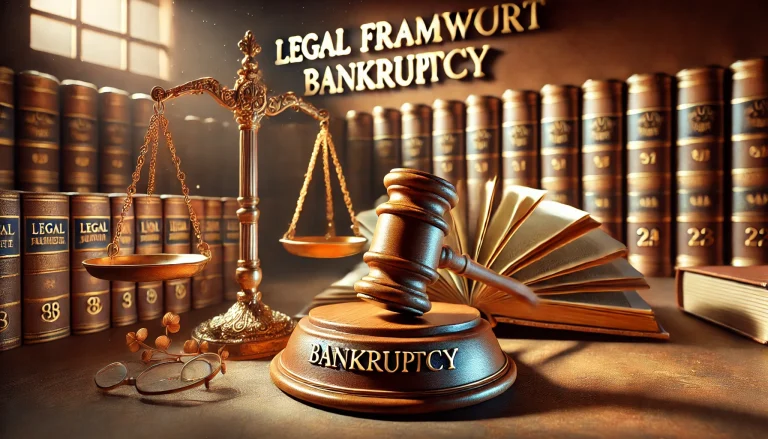Bankruptcy is a legal process that offers individuals and businesses a way to resolve overwhelming debt under the protection of federal bankruptcy courts. It provides debtors with a fresh start by either liquidating assets to pay off creditors or reorganizing their debts through structured repayment plans. While it can seem intimidating, bankruptcy is designed to offer relief to those unable to meet their financial obligations. In this article, we will explore the legal framework of bankruptcy, the steps involved, and various debt relief solutions.
What Is Bankruptcy? An Overview
Bankruptcy is a legal process initiated when an individual or business cannot repay their outstanding debts. Governed by the U.S. Bankruptcy Code, it provides debtors with a structured approach to eliminate or repay debt while offering legal protections against creditors. It ensures fairness by allowing debtors a chance to start over and by facilitating some recovery for creditors. Depending on the type of bankruptcy filed, the process can lead to the discharge of most debts or the creation of a repayment plan.
Types of Bankruptcy: Understanding Chapters 7 and 13
Although there are other forms of bankruptcy, Chapter 7 and Chapter 13 are the most prevalent for individuals:
- Chapter 7 Bankruptcy: Known as liquidation bankruptcy, Chapter 7 involves selling non-exempt assets to pay creditors. The majority of unsecured debts, including credit card balances and medical expenses, are released in return. It’s usually for individuals with little income and few assets.
- Chapter 13 Bankruptcy: This is a reorganization bankruptcy where individuals with regular income propose a plan to repay all or part of their debts over three to five years. Unlike Chapter 7, Chapter 13 allows individuals to keep their property while catching up on missed payments.
The Legal Framework of Bankruptcy
Bankruptcy is a federally regulated process under the U.S. Bankruptcy Code, and each case is filed in a federal bankruptcy court. The laws surrounding bankruptcy are designed to balance the rights of both debtors and creditors. The key provisions include:
- Automatic Stay: As soon as a bankruptcy petition is filed, an automatic stay is put into place. This legal order prevents creditors from pursuing collection actions such as lawsuits, wage garnishments, and foreclosures while the bankruptcy case is pending.
- Discharge of Debt: Upon completing the bankruptcy process, debtors can receive a discharge, which eliminates their legal obligation to pay certain debts. Not all debts are dischargeable, as will be discussed later.
Eligibility for Filing Bankruptcy
Eligibility for filing bankruptcy depends on the type of bankruptcy chosen. People must pass a means test, which compares their income to the state median income, in order to file for Chapter 7 bankruptcy. They qualify for Chapter 7 if their income is less than the median.
If not, they may need to consider Chapter 13 bankruptcy, which is available to individuals with regular income who have unsecured and secured debts below certain thresholds.
As of 2023, the unsecured debt limit for Chapter 13 bankruptcy is $2,750,000. Debtors must also complete a credit counseling course from an approved provider before filing for either type of bankruptcy.
Filing the Bankruptcy Petition
The bankruptcy process formally begins when an individual or business files a petition with the bankruptcy court. This petition includes detailed information about the debtor’s assets, liabilities, income, expenses, and a list of creditors. Along with the petition, several other documents, such as a statement of financial affairs and schedules of assets and liabilities, must be submitted.
At this point, the court will assign a trustee to oversee the case. In Chapter 7, the trustee is responsible for liquidating non-exempt assets and distributing the proceeds to creditors. In Chapter 13, the trustee reviews the proposed repayment plan and ensures that payments are made according to the court-approved schedule.
The Role of the Bankruptcy Trustee
The bankruptcy trustee plays a central role in the process. For Chapter 7 cases, the trustee’s main responsibility is to liquidate non-exempt assets and distribute the proceeds to creditors. In Chapter 13 cases, the trustee administers the repayment plan by collecting payments from the debtor and distributing them to creditors.
The trustee also conducts the 341 Meeting of Creditors, where the debtor answers questions under oath about their financial situation. Creditors may attend this meeting to inquire about the debtor’s assets and repayment capabilities.
Exempt and Non-Exempt Assets
To pay creditors in a Chapter 7 bankruptcy, the trustee sells off non-exempt assets. Exempt assets are protected by law and cannot be seized by the trustee. These typically include:
- A specific level of home equity (exemption for homesteads)
- Personal vehicles (within value limits)
- Basic household goods
- Retirement accounts like 401(k) and IRAs
Non-exempt assets, which can be liquidated, may include:
- Vacation homes or other properties
- Expensive jewelry or valuable collectibles
- High-value investment accounts
The specific exemptions available vary by state, and some states allow debtors to choose between state or federal exemptions.
Debts That Can and Cannot Be Discharged
One of the main advantages of bankruptcy is the ability to discharge certain debts, relieving the debtor of legal responsibility for repayment. Dischargeable debts include:
- Credit card debt
- Medical bills
- Personal loans
- Certain business debts
However, not all debts are dischargeable. Non-dischargeable debts include:
- Student loans, unless there is an exceptional difficulty
- Child support and alimony
- Most tax debts
- Fines and penalties owed to government agencies
- Debts brought on by deception or malevolent behavior
Debtors must continue to pay non-dischargeable debts after the bankruptcy process concludes.
The Bankruptcy Discharge
The bankruptcy discharge is the legal declaration that a debtor is no longer required to pay certain debts. In Chapter 7, this typically occurs within a few months of filing, once the trustee has liquidated assets. In Chapter 13, the discharge is granted after the debtor successfully completes the repayment plan, which can take three to five years.
Once a debt is discharged, creditors are legally prohibited from taking any further collection actions against the debtor. However, the discharge only applies to the specific debts listed in the bankruptcy case.
Rebuilding Your Financial Life After Bankruptcy
While bankruptcy offers relief from overwhelming debt, it also has long-term financial consequences. A Chapter 7 bankruptcy stays on your credit report for 10 years, while Chapter 13 remains for 7 years. These marks can make it more difficult to obtain new credit or loans.
Rebuilding your financial life after bankruptcy is possible with disciplined planning:
- Create a budget: Stick to a realistic budget that accounts for income, necessary expenses, and savings.
- Rebuild credit: Apply for a secured credit card or a credit-builder loan, and make all payments on time to slowly rebuild your credit score.
- Save an emergency fund: An emergency fund can prevent future financial crises by covering unexpected expenses without relying on credit.
Conclusion
The bankruptcy process offers a structured legal framework for debt relief, allowing individuals and businesses to manage overwhelming debt under federal protection. By understanding the types of bankruptcy available, the legal process involved, and the steps to rebuild afterward, debtors can make informed decisions about whether bankruptcy is the right solution for their financial troubles. Although bankruptcy can have long-term consequences, it also provides the opportunity for a fresh start and a path toward financial recovery. With careful planning, responsible budgeting, and a commitment to rebuilding credit, individuals can emerge from bankruptcy stronger and more financially stable.


